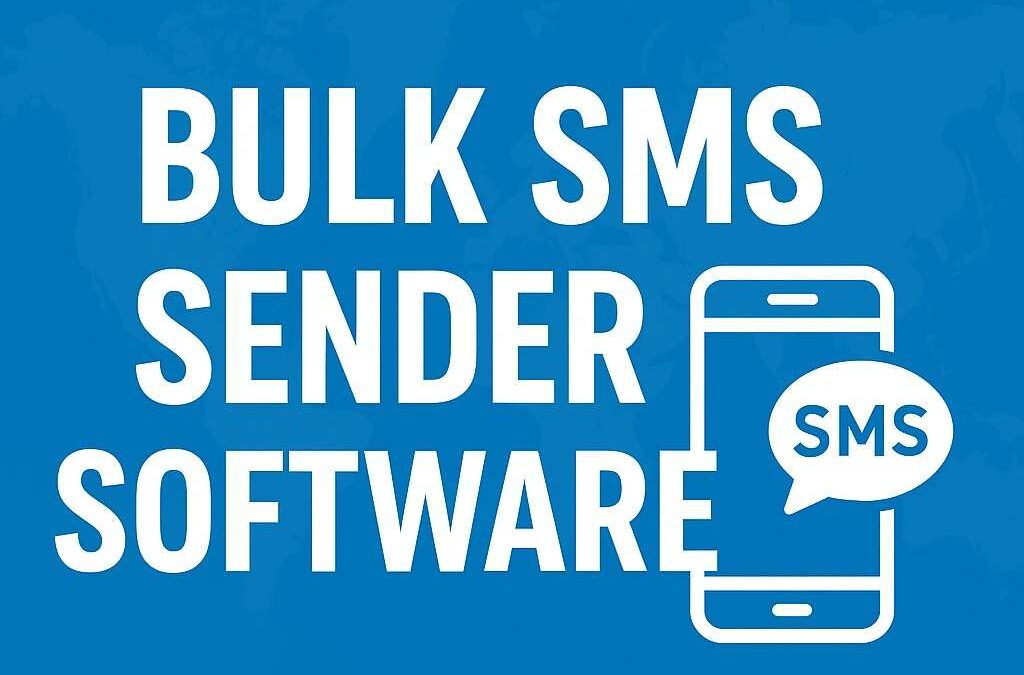Many people struggling with persistent facial redness often ask: is microneedling safe for rosacea? Rosacea is a skin condition that can cause visible redness, irritation, and sensitivity, making individuals cautious about trying new treatments. Microneedling In Dubai(الوخز بالإبر الدقيقة في دبي), also known as collagen induction therapy, has become popular for its skin rejuvenating effects, but people with rosacea frequently question whether this method is suitable for their delicate skin. This article explores how microneedling works, its potential benefits, risks, and what you need to know before considering it for rosacea management.
What Is Microneedling And How It Works?
Microneedling is a cosmetic treatment that involves the use of fine needles to create controlled micro-injuries on the skin’s surface. These microchannels trigger the body’s natural healing response, stimulating collagen and elastin production. For people with rosacea, the idea is that healthier skin structure may reduce visible redness, smooth uneven texture, and support better overall skin health. The process can also improve absorption of soothing serums applied during or after treatment, enhancing their effectiveness. However, because rosacea skin is highly sensitive, it’s essential to carefully evaluate whether microneedling for rosacea is appropriate in each case.
Importance Of The Treatment:
The importance of microneedling for rosacea lies in its potential to strengthen the skin barrier and encourage balanced healing. Many individuals seek alternatives to harsh creams or invasive procedures, and microneedling offers a minimally invasive solution. Some reasons why people consider this treatment include:
-
Promotes natural collagen production
-
Can help reduce the appearance of visible blood vessels and redness
-
May smooth thickened skin that develops with rosacea over time
-
Provides rejuvenation without aggressive chemicals
This makes it appealing to those who want to improve skin health naturally while managing rosacea-related concerns.
Types Of Treatment:
Microneedling for rosacea can be performed in several ways, each with its own benefits:
-
Manual derma rollers: Handheld rollers with microneedles, generally used in milder cases under professional guidance
-
Automated microneedling pens: Devices with adjustable depths, offering precision for sensitive skin areas affected by rosacea
-
Combination microneedling: Paired with calming serums or skin-strengthening products to maximize results and minimize irritation
The choice of method depends on the severity of rosacea, skin thickness, and overall tolerance.
Preparation And Aftercare:
Preparation plays a key role in determining whether microneedling for rosacea will be safe and effective. Common preparation steps include:
-
Keeping the skin free of active irritation before treatment
-
Avoiding harsh exfoliants, acids, or retinoids in the days leading up to the session
-
Ensuring the skin is well-hydrated and calm
Aftercare is equally important, as rosacea-prone skin is easily reactive:
-
Use gentle, fragrance-free moisturizers to soothe the skin
-
Avoid hot showers, direct sunlight, or strenuous exercise immediately after treatment
-
Do not apply makeup for at least 24 hours post-procedure
-
Follow a routine of mild cleansers and calming products to support healing
Proper preparation and aftercare ensure that the treatment benefits outweigh any temporary discomfort.
Ideal Candidate:
Not everyone with rosacea is a candidate for microneedling. The treatment tends to be more suitable for individuals who:
-
Have mild to moderate rosacea without active flare-ups
-
Want to improve skin texture and firmness
-
Do not suffer from severe pustular or inflammatory forms of rosacea
-
Are committed to consistent skincare routines and professional guidance
Those with extremely sensitive or inflamed skin should approach microneedling cautiously, as irritation may outweigh potential benefits.
How To Choose A Right Clinic?
Selecting the right clinic or professional is essential when considering microneedling for rosacea. Factors to keep in mind include:
-
Experience in treating sensitive skin conditions like rosacea
-
Proper sterilization and safety protocols during the procedure
-
Availability of patch testing or consultation before treatment
-
Clear explanations about expected outcomes and realistic results
Making an informed choice helps ensure that the procedure is performed safely and tailored to individual skin needs.
Risks And Benefits:
Like any cosmetic procedure, Microneedling(الوخز بالإبر الدقيقة) for rosacea carries both risks and benefits.
Benefits:
-
Strengthens skin structure by boosting collagen
-
Can reduce visible redness and surface irregularities
-
Enhances absorption of soothing serums
-
Non-surgical and minimally invasive
Risks:
-
Temporary redness, swelling, or irritation
-
Potential flare-ups if treatment is too aggressive
-
Risk of infection if aftercare is not followed properly
-
Not effective for all rosacea subtypes
Balancing the potential risks and rewards is crucial in deciding whether microneedling is the right option for rosacea management.
Faqs About Microneedling For Rosacea:
Does microneedling make rosacea worse?
If done incorrectly or too aggressively, it can trigger irritation. However, gentle, controlled microneedling may improve skin resilience.
How many sessions are needed?
Results vary, but multiple sessions are often required for noticeable improvement.
Can microneedling cure rosacea?
No, rosacea has no permanent cure. Microneedling may help manage symptoms and improve appearance but cannot eliminate the condition.
Is microneedling safe for all skin types with rosacea?
It is more suitable for mild to moderate cases. Severe inflammatory rosacea may not respond well.
What should I avoid after treatment?
Avoid heat, harsh products, sun exposure, and anything that triggers flare-ups until the skin fully recovers.
Conclusion:
So, is microneedling safe for rosacea? The answer depends on the severity of the condition, skin sensitivity, and the approach used. When performed gently and supported with proper aftercare, microneedling for rosacea may help strengthen the skin, reduce visible redness, and improve texture. However, individuals with severe flare-ups should be cautious and explore whether this method aligns with their skin’s unique needs. Ultimately, microneedling for rosacea can be a supportive tool in managing the condition, but its success relies heavily on careful planning, professional guidance, and realistic expectations.







0 Comments